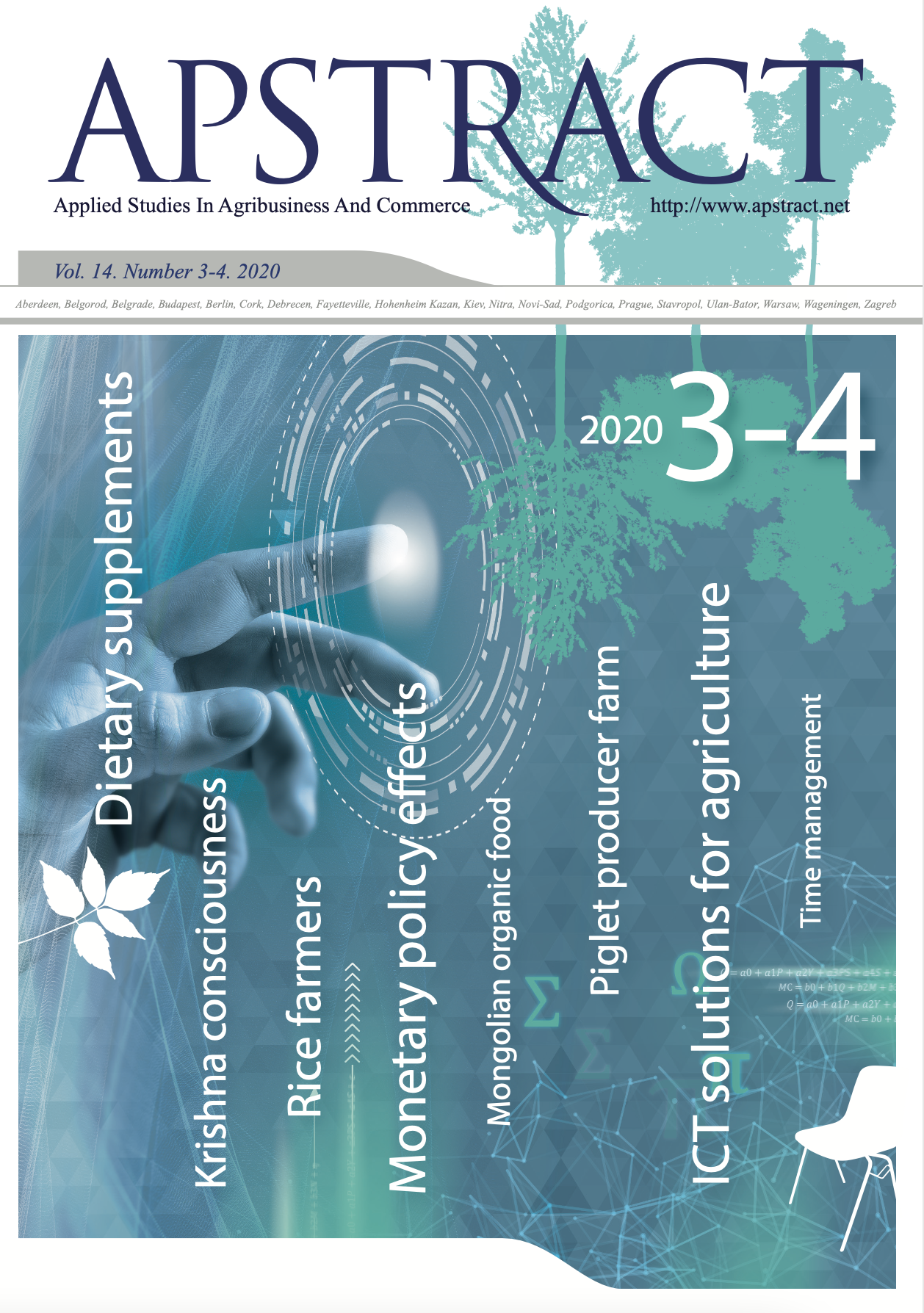Statistical and multi-criteria decision making analysis for consumer attitude and behavior: in case of Mongolian organic food market
Authors
View
Keywords
License
Copyright (c) 2020 University of Debrecen, Faculty of Economics and Business, Hungary

This work is licensed under a Creative Commons Attribution-NonCommercial 4.0 International License.
How To Cite
Abstract
Nowadays, consumers have a full of knowledge on products and services, and their daily consumption of healthy and environmentally friendly products has been increasing. Therefore, businesses need to implement green marketing activities, so they need to be aware of environmental issues and consumer needs while maintaining financial sustainability and competitiveness. (Belz & Karstens, 2002). Examples are the rapid growth of organic food products, as consumers are concerned with their health and environmental issues in their day-to-day purchasing decisions. Over 20 years ago, in 1999, the market for organic food products sales was $ 15.2 billion, while sales in 2017 increased to $ 97 billion, indicating that the world's organic food market is growing rapidly. The organic food market is growing by $5 billion a year, and as of 2014, 172 countries have organic food farm land according to the “The World of Organic Agriculture”. Since the market for organic products is a new market for Mongolia, previous surveys in are relatively small. Therefore, this is aimed at conducting a study on behavioral approaches of consumers of organic food products in Ulaanbaatar. We have run statistical and multi-criteria decision making analysis based on given data of consumers. We also apply Harker’s techniques for complete and incomplete evaluation matrices which are defined from consumers decision making. Numerical examples are presented.


 https://doi.org/10.19041/APSTRACT/2020/2-3/4
https://doi.org/10.19041/APSTRACT/2020/2-3/4




